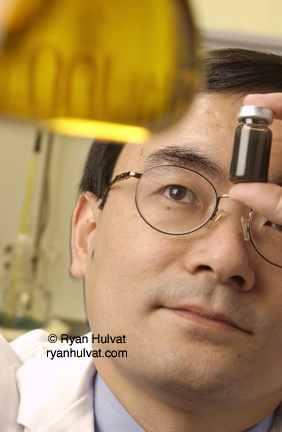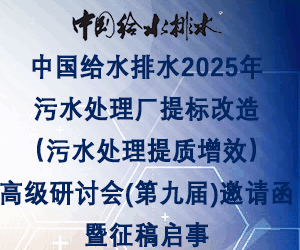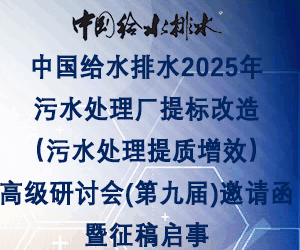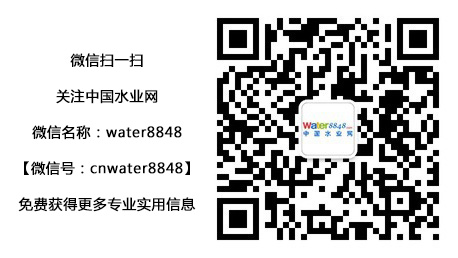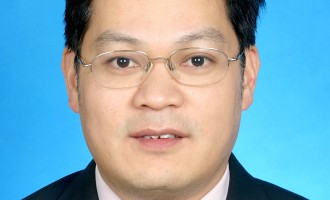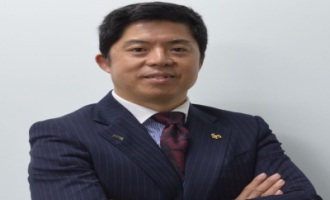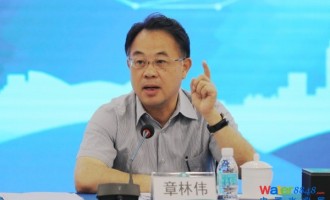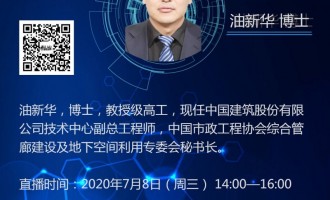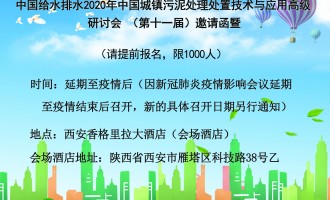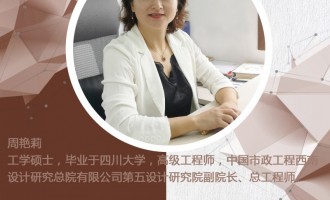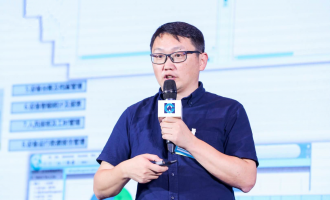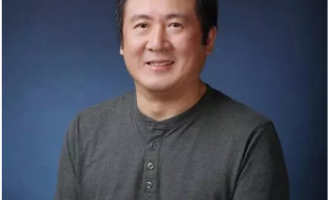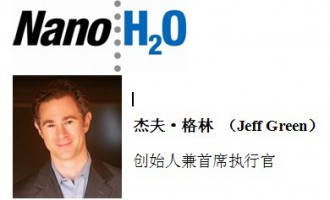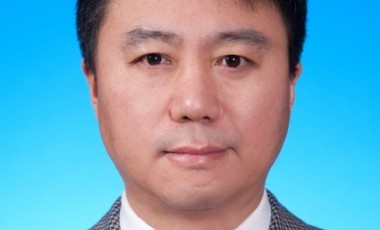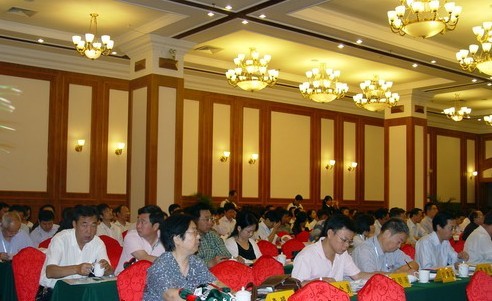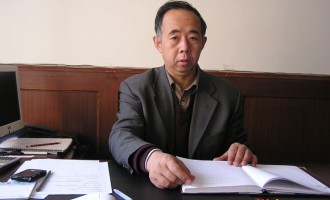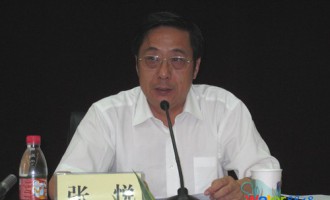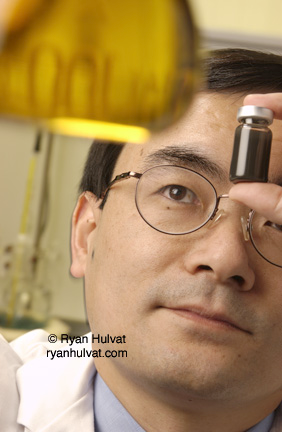
職 務: 教授
博士/碩士導師: 博士、碩士生導師
辦公室電話:021-65985885
電子郵箱:zhangwx@tongji.edu.cn
所在系所(部門):環境科學系
主要研究方向:
長期致力于環境納米材料在土壤及水體污染控制及資源化方面的理論與應用研究,是環境納米技術先驅、納米零價鐵技術創始研究者。
1997年,在Environmental Science & Technology上發表首篇納米材料應用于環境污染控制研究論文,被公認最早將納米技術應用于環境治理的報道;2000年,率先將納米技術應用于氯代有機物污染的土壤及地下水修復實踐,成功實現納米技術向環境保護領域的技術轉化;此后,系統探索了鐵基納米技術在含氯有機物轉化方面的基礎理論及實踐應用。
系統研究了鐵基納米技術應用于重金屬污染控制的基礎理論及應用:采用球差校正掃描透射電鏡(Cs-STEM)研究原子尺度下鈾、砷、硒等元素在納米顆粒內部遷移變化規律;提出“反應-分離-回用”式水處理反應器模型并將納米鐵成功應用于多種重金屬廢水處理實踐(已完成5個中試、4個工程案例)。發明的納米鐵是目前應用最廣泛的環境納米材料,目前已在全球上百個土壤/水體污染修復工程案例中得到應用。
在美國化學協會會刊(Journal of the American Chemical Society),Environmental Science & Technology,Water Research等權威期刊上發表80余篇SCI論文(3次登上EST封面), Web of Science總引用8000余次。 其中有關納米鐵研究的論文總數、他引次數、單篇最高引用次數均居本領域首位。連續三年位列愛思唯爾(Elsevier)中國高被引學者榜環境科學領域前十(2014-2016)。
教育經歷
1980—1984 同濟大學環境科學與工程學院給水排水專業學士
1990—1996 約翰·霍普金斯大學地理與環境工程系博士
工作經歷
1984—1989 中國電子工程設計院助理工程師
1996—2010 美國理海大學(Lehigh University)助教、副教授、講座教授
2011年至今 同濟大學環境科學與工程學院 特聘教授
污染控制與資源化研究國家重點實驗室主任
同濟大學環境高等研究院院長
學術兼職
(1)npj Pollution Control(Nature集團合作期刊)主編(2015-至今)
(2)Environmental Science: Nano 編委(2013-至今)
(3)Journal of Nanoparticle Research 副主編(2009)
(4)Journal of Nanoparticle Research 顧問委員(2005-2008)
(5)Journal of Hazardous, Toxic, and Radioactive Waste 客座主編(2006)
(6)Environmental Science & Technology 客座主編(2005)
代表學術論文
高被引論文TOP 10:
(1)Zhang WX*. Nanoscale iron particles for environmental remediation: An overview. Journal of Nanoparticle Research, 2003, 5(3-4): 323-332. (Web of Science引用次數:1051)
(2)Wang CB, Zhang WX*. Synthesizing nanoscale iron particles for rapid and complete dechlorination of TCE and PCBs. Environmental Science & Technology, 1997, 31(7): 2154-2156. (Web of Science引用次數:924)
(3)Elliott DW, Zhang WX*. Field assessment of nanoscale bimetallic particles for groundwater treatment. Environmental Science & Technology, 2001, 35(24): 4922-4926. (Web of Science引用次數:497)
(4)Li XQ, Elliott DW, Zhang WX*. Zero-valent iron nanoparticles for abatement of environmental pollutants: Materials and engineering aspects. Critical Reviews in Solid State and Materials Sciences, 2006, 31(4): 111-122. (Web of Science引用次數:442)
(5)Zhang WX*, Wang CB, Lien HL. Treatment of chlorinated organic contaminants with nanoscale bimetallic particles. Catalysis Today, 1998, 40(4): 387-395. (Web of Science引用次數:410)
(6)Sun YP, Li XQ, Zhang WX*, et al. Characterization of zero-valent iron nanoparticles. Advances in Colloid and Interface Science, 2006, 120(1-3): 47-56. (Web of Science引用次數:395)
(7)Lien HL, Zhang WX*. Nanoscale iron particles for complete reduction of chlorinated ethenes. Colloids and Surfaces A-physicochemical and Engineering Aspects, 2001, 191(1-2): 97-105. (Web of Science引用次數:268)
(8)Li XQ, Zhang WX*. Sequestration of metal cations with zerovalent iron nanoparticles - A study with high resolution X-ray photoelectron spectroscopy (HR-XPS). Journal of Physical Chemistry C, 2007, 111(19): 6939-6946. (Web of Science引用次數:262)
(9)Li XQ, Zhang WX*. Iron nanoparticles: the core-shell structure and unique properties for Ni(II) sequestration. Langmuir, 2006, 22(10): 4638-4642. (Web of Science引用次數:230)
(10)Sun YP, Li XQ, Zhang WX*, et al. A method for the preparation of stable dispersion of zero-valent iron nanoparticles. Colloids and Surfaces A: Physicochemical and Engineering Aspects, 2007, 308(1-3): 60-66. (Web of Science引用次數:187)
注:Web of Science引用數據于2017年4月21日更新
近期代表性論文:
(1)Teng W, Fan J, Wang W, et al., Nanoscale zero-valent iron in mesoporous carbon (nZVI@C): stable nanoparticles for metal extraction and catalysis. Journal of Materials Chemistry A, 2017, 5, 4478.
(2)Ling L, Zhang WX*. Visualizing arsenate reactions and encapsulation in a single zero-valent iron nanoparticle. Environmental Science & Technology, 2017, 51 (4), 2288–2294.
(3)Xia XF, Ling L*, Zhang WX. Genesis of pure Se(0) nano-and micro-structures in wastewater with nanoscale zero-valent iron (nZVI). Environmental Science: Nano, 2017, 4(1), 52-59.
(4)Fan J, Li D, Teng W, et al., Ordered mesoporous silica/polyvinylidene fluoride composite membranes for effective removal of water contaminants. Journal of Materials Chemistry A, 2016, 4(10), 3850-3857.
(5)Wang YX, Yang JP, Chou SL, et al., Uniform yolk-shell iron sulfide-carbon nanospheres for superior sodium-iron sulfide batteries. Nature Communications, 2015, 6, 8689.
(6)Yang JP, Wang YX, Chou SL, et al., Yolk-shell silicon-mesoporous carbon anode with compact solid electrolyte interphase film for superior lithium-ion batteries. Nano Energy, 2015, 18, 133-142.
(7)Ling L, Zhang WX*. Enrichment and encapsulation of uranium with iron nanoparticle. Journal of the American Chemical Society, 2015, 137(8), 2788-2791.
(8)Ling L, Pan BC, Zhang WX*. Removal of selenium from waste water with nanoscale zero-valent iron: Mechanisms of intraparticle reduction of Se(IV). Water Research, 2015, 71, 274-281.
(9)Ling L, Zhang WX*. Reactions of nanoscale zero-valent iron with Ni(II): Three-dimensional tomography of the “Hollow Out” effect in a single nanoparticle. Environmental Science & Technology Letters, 2014, 1(3), 209-213.
(10)Ling L, Zhang WX*. Sequestration of arsenate in zero-valent iron nanoparticles: Visualization of intraparticle reactions at angstrom resolution. Environmental Science & Technology Letters, 2014, 1(7), 305-309.
獲獎
美國國家科學基金會CAREER獎 (2000 )
C.R.和M.F.林貝克基金會青年人才獎 (2001)
美國理海大學1961講座教授獎( 2002)
美國航天局技術簡訊年度技術榮譽 (2003)
美國大學教授協會前25最具革新學術獎(2008)
University Economic Development Association (UEDA), Technology commercialization Award(2008)
